 |
April 21, 2017 Volume 23, Number 16 |
Research and Education |
General Interest |
Network Tools |
In the News |
Research and EducationBack to Top | |
 |
|
 |
|
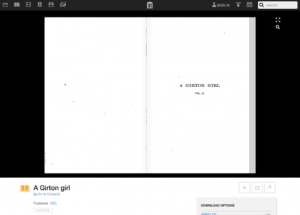 |
|
 |
|
 |
|
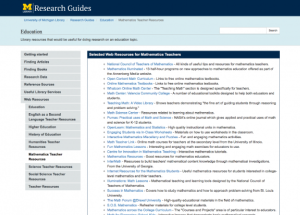 |
|
 |
|
 |
|
General InterestBack to Top | |
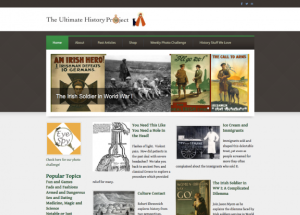 |
|
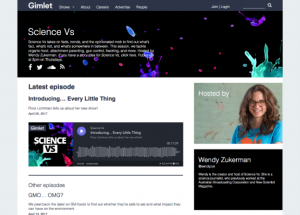 |
|
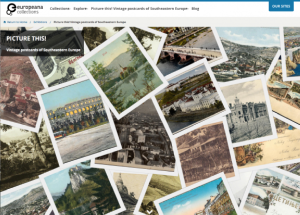 |
|
 |
|
 |
|
 |
|
 |
|
 |
|
Network ToolsBack to Top | |
 |
|
 |
|
In the NewsBack to Top | |
New Study Shines Light on how the Enigmatic Naked Mole-Rat Survives With Limited Oxygen | |
|
Researchers Find Yet Another Reason Why Naked Mole-Rats Are Just Weird No Oxygen? The Naked Mole Rat Might Not Care How Naked Mole Rats Can Survive Without Oxygen for 18 Minutes YouTube: The Brain Scoop: The Naked Mole-Rat The Naked Mole-Rat Genome Resource What can we learn from naked mole rats and eusocial living? - tech podcast The naked mole-rat distinguishes itself from most mammals with its hairless appearance (lending the "naked" part of its moniker) and cold-blooded nature. Scientists have also long noted that the mole-rat, which dwells in ant-like colonies in close proximity, seems to thrive with significantly less oxygen than most mammals. This past Thursday, a group of researchers published a paper in Science that examines this unique trait. Based on a series of tests, the team determined that naked mole-rats can survive an astonishing five hours in atmospheres that contain only 5% oxygen (in contrast to the usual 21%) and up to 18 minutes without any oxygen at all. How do these creatures survive in such conditions? Mammals typically require oxygen in order to convert glucose into energy. Naked mole-rats, however, have an alternative energy source that does not require oxygen: fructose. Once the the naked mole-rat makes energy from fructose, it then transports this energy to vital organs thanks to a special transporter molecule and enzyme unique to the species. Lead author Thomas Park from the University of Illinois at Chicago notes that this research may pave the way to identifying ways to help patients suffering from oxygen deprivation after, for example, a stroke: "It would be great if we could beef up the fructose pathway in those patients and extend the amount of time that they have to get to a health care situation." [MMB] The first three articles this week come from NPR, the New York Times, and LiveScience and provide helpful summaries of this new research and its significance. Those unfamiliar with naked mole-rats - or science teachers looking for an engaging video about the enigmatic mammal - will want to check out the fourth link, which reveals a short and fascinating video about the creature from the Field Museum's Brain Scope Series. Meanwhile, those in the science research community will be interested in the Naked Mole-Rat Genome Resource, an open database hosted by the University of Liverpool and the Integrative Genomics of Aging Group. In addition to open datasets, this resource contains links to numerous research articles as mole-rats have long been of interest to researchers due to their unusually long lifespan and very low rates of cancer. Finally, the last link takes readers to an April 7, 2017 episode of the Guardian's Chips with Everything podcast that features an interview with artist and computer science scholar Julie Freeman. Freeman recently created an art installation entitled A Naked Mole Rat Eutopia, a piece that incorporates data about naked mole-rat colonies and explores what questions these creatures may provoke about human communities. Visitors can also check out a link to a virtual part of this art installation via a link embedded in the podcast description. | |





